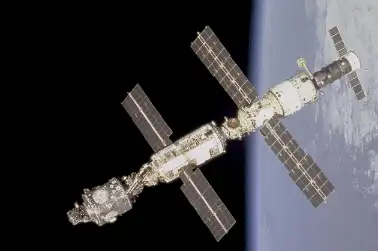Washington:Collaborative mission between European Space Agency (ESA) and NASA launched Solar Orbiter on United Launch Alliance Atlas V rocket from Florida.
European Space Operations Centre in Darmstadt, Germany confirmed they received signals from the spacecraft at 12.24 am that indicates successful deployment of the system’s solar panels. Solar Orbiter will deploy an instrumental boom in the first two days and will communicate with earth and collect scientific evidence.
Solar Orbiter is on a unique trajectory that will allow its comprehensive set of instruments to provide humanity with the first-ever images of the Sun's poles, NASA said. "As humans, we have always been familiar with the importance of the Sun to life on Earth, observing it and investigating how it works in detail, but we have also long known it has the potential to disrupt everyday life should we be in the firing line of a powerful solar storm," said Gunther Hasinger, ESA director of Science.
During its three months of commissioning phase team checks upon spacecraft's 10 scientific instruments and ensure proper working of the solar orbiter. The trajectory includes a total of 22 approaches close to the sun along with bringing spacecraft within Mercury’s orbit to study more about The Sun and Sun’s influence on space.
This trajectory includes 22 close approaches to the Sun, bringing the spacecraft within the orbit of Mercury to study the Sun and its influence on space.
"By the end of our Solar Orbiter mission, we will know more about the hidden force responsible for the Sun's changing behaviour and its influence on our home planet than ever before," Hasinger said.
It will take Solar Orbiter about two years to reach its primary science orbit. The mission combines two main modes of study. In-situ instruments will measure the environment around the spacecraft, detecting such things as electric and magnetic fields and passing particles and waves.
The remote-sensing instruments will image the Sun from afar, along with its atmosphere and its outflow of material, collecting data that will help scientists understand the Sun's inner workings. Throughout its mission, Solar Orbiter will use successive Venus gravity assists to draw its orbit closer to the Sun and lift it out of the ecliptic plane, the US space agency said.


































